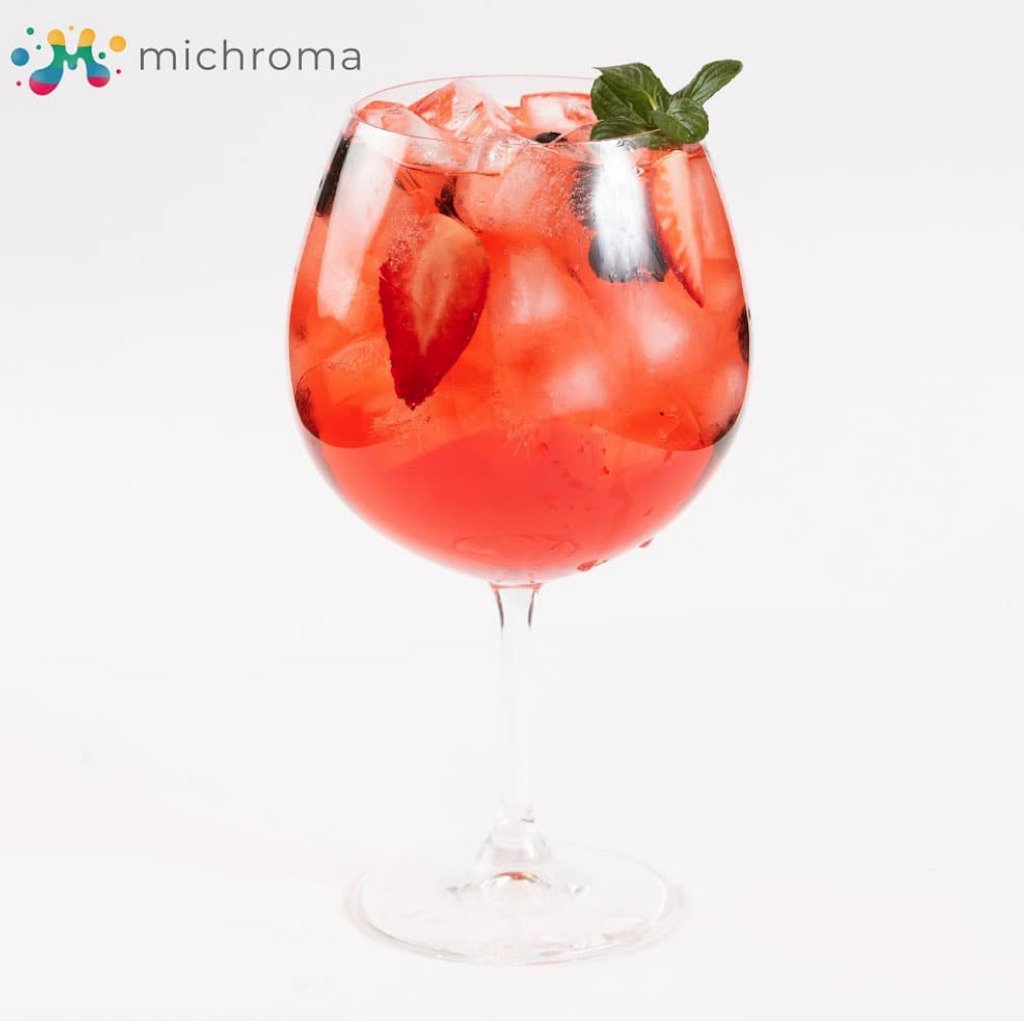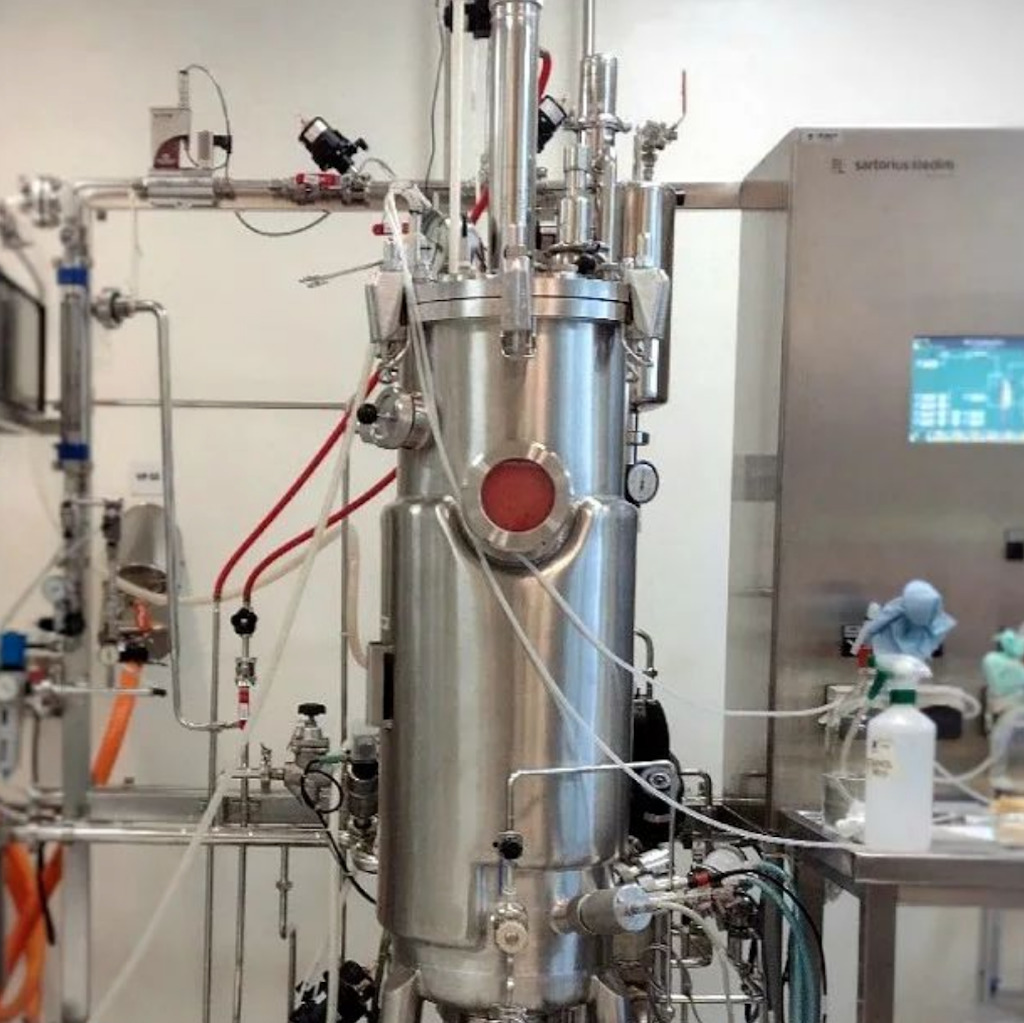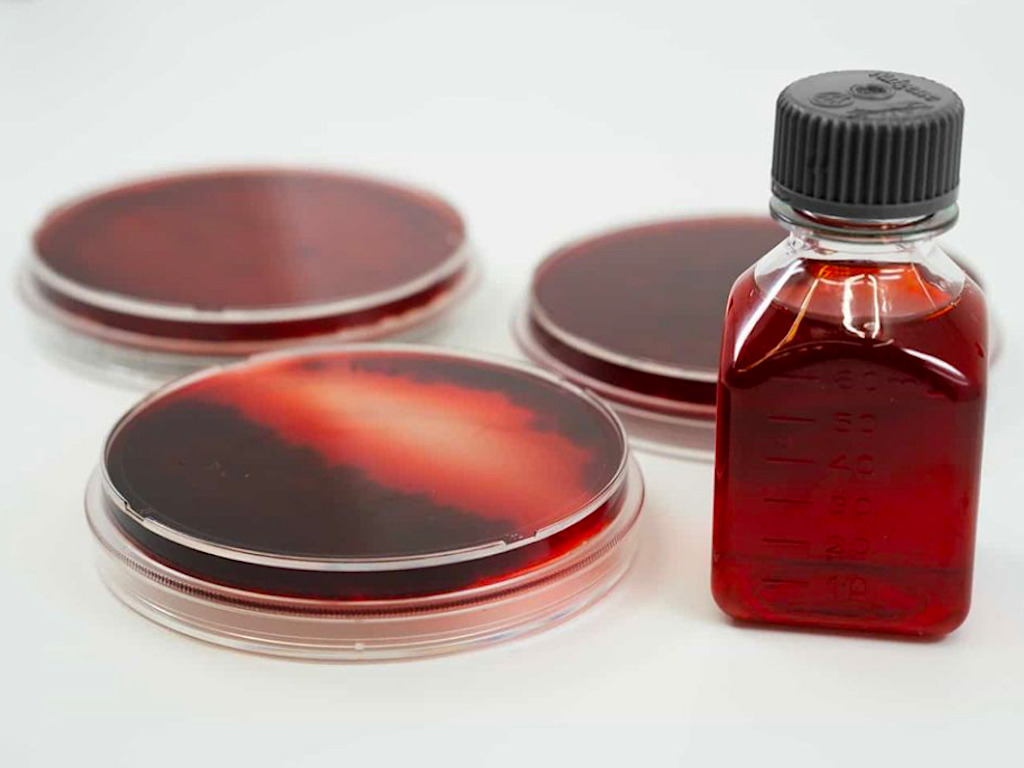3 Mins Read
Michroma is developing natural vegan-friendly food colourants powered by fungi to overhaul synthetic and animal-based, non-vegan food dyes.
The food colourant market is dominated by synthetics and animal-derived products, but startups are now rising to the challenge with animal-free and natural solutions. One of them is Michroma, a synbio firm that says it has developed a heat-stable vibrant red colour made from fungi.
Michroma
Based in Argentina, Michroma is currently building out a platform enabling the production of natural food colours from fungi, through synthetic biology and fermentation technology.

Speaking with Food Navigator, the company’s co-founder and CEO Ricky Cassini, says the firm leverages non-GMO filamentous fungi strains that can produce specific colours when fed with low-cost feedstocks in bioreactors. The fungi secretes the colours into the media where it grows, which is then filtered, dried and concentrated into a final product.
Cassini, who started the company with Mauricio Braia in 2019, explains that its final product has a “high content of protein with all the essential amino acids and fiber that still retains a little bit of color, which makes it a very interesting byproduct for processed meat companies and plant-based meat companies.”
Other applications include drinks, sweets and gummies, as well as yogurts and baking mixes.

Scaling fungi-powered food colours
Having demonstrated its first pilot prototypes in its lab in Argentina, the company is now “in discussions with several CMOs here in the US and the rest of the world to scale up to industrial scale,” the CEO shared.
The company’s first product is a vibrant red colourant, one that can replace current red dyes that tend to be made from carmine, a pigment derived from crushed beetles and cochineal insects. It can also be a cheaper alternative to existing plant-based red colours on the market, which tend to be high-cost and less functional, such as tomato-based lycopene that doesn’t come with as much brightness, or earthy-tasting beetroot, which is also not heat-stable.
Cassini says that Michroma’s fungi-based red colour is vegan, kosher and halal, and is much more versatile in its properties. It is temperature-stable, and “can survive spray drying, extrusion, and pasteurization.”
He also shared that it is much more powerful than beet-based red colours, with its colour intensity around 58-times more, to be exact. “The usage is really, really low.”

Racing towards commercialisation
At the moment, Michroma is fuelled by seed funding from a number of investors including SOSV, the same backers behind leading food techs like Upside Foods, Perfect Day and NotCo. But it plans to open up a fresh financing round early 2022 for its expansion roadmap, which sets the timeline for submitting a colour additive petition to the FDA within the next year.
After that, it plans to sell its colour solutions via a B2B approach, partnering with food producers and ingredients suppliers.
Other companies currently working to disrupt the $2 billion food colourant industry with more sustainable, natural and ethical alternatives include Chromologics, a Danish firm that also uses precision fermentation to make its animal-free colours. It recently secured $6 million in seed funding to scale its ChromoRed product, which is compatible with kosher, halal and vegan diets and is also pH optimal and temperature-stable.
Another startup is Phytolon, which has produced animal-free fermentation-derived colourants using baker’s yeast.
All images courtesy of Michroma.




